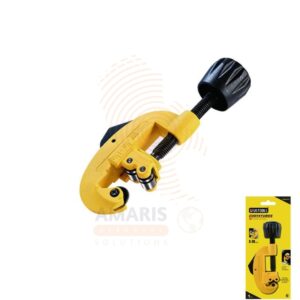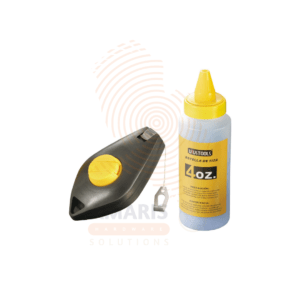Insulated Safety Boots
Whatsapp Order
Insulated safety boots are a type of footwear designed to provide protection for the feet in hazardous work environments while also offering insulation against extreme temperatures. These boots are commonly used in industries such as construction, manufacturing, and utilities where workers are exposed to various risks, including heavy objects, sharp materials, electrical hazards, and cold weather conditions.
KSh 5,900.00 KSh 6,900.00
Major or common uses of an Insulated safety boots
- Construction Sites:
- Protection from falling objects, sharp materials, and other construction hazards.
- Insulation against cold weather conditions, especially in winter.
- Manufacturing and Industrial Settings:
- Shielding feet from heavy machinery, equipment, and potential impact injuries.
- Electric hazard protection in areas with electrical machinery and equipment.
- Utilities and Power Plants:
- Electrical hazard protection for workers dealing with high voltage equipment.
- Insulation against cold and damp conditions in outdoor utility work.
- Oil and Gas Industry:
- Protection against slippery surfaces, oil, and chemicals.
- Insulation in cold climates or environments with extreme temperatures.
- Mining:
- Guarding against falling rocks and debris.
- Insulating against cold temperatures often found in underground mining operations.
- Logistics and Warehousing:
- Protection from heavy loads, pallets, and equipment.
- Insulation in cold storage or refrigerated warehouse environments.
- Emergency Services (Firefighters, EMTs):
- Protection from various hazards encountered during emergency response.
- Insulation in cold weather conditions.
- Agriculture:
- Safeguarding against farm equipment, sharp objects, and uneven terrain.
- Insulation in cold weather during outdoor agricultural activities.
- Cold Storage and Freezer Work:
- Insulation to protect against extremely low temperatures in cold storage facilities.
- Slip-resistant soles for walking on potentially icy surfaces.
- Outdoor Maintenance and Landscaping:
- Protection from tools, equipment, and natural elements.
- Insulation in cold and wet weather conditions.
- General Industrial and Maintenance Work:
- Providing overall foot protection against a variety of workplace hazards.
- Ensuring comfort and safety in diverse industrial environments.
Safety precautions
When using insulated safety boots, it’s important to follow safety measures to ensure their effectiveness in protecting your feet and to maintain a safe work environment. Here are some key safety measures to observe:
- Proper Fit:
- Ensure that the insulated safety boots fit properly. A well-fitting boot provides better protection and reduces the risk of discomfort or injuries.
- Regular Inspection:
- Inspect your insulated safety boots regularly for signs of wear, damage, or deterioration. Pay attention to the soles, toe caps, and insulation. Replace boots that show significant wear or damage.
- Follow Manufacturer’s Guidelines:
- Adhere to the manufacturer’s guidelines and specifications for the use, care, and maintenance of the insulated safety boots. This includes any recommended cleaning procedures and storage conditions.
- Inspect and Use Correctly:
- Before each use, inspect the boots for any defects or damage. Do not use boots that have visible issues, as they may compromise safety.
- Select Appropriate Footwear:
- Choose insulated safety boots that are appropriate for the specific hazards and conditions of your work environment. Different industries and tasks may require different levels of protection.
- Secure Laces and Fastenings:
- Ensure that laces, straps, or other fastenings are properly secured. Loose or untied footwear can contribute to tripping hazards.
- Use Additional PPE:
- In conjunction with insulated safety boots, use any additional personal protective equipment (PPE) recommended for your specific job or industry. This may include safety glasses, gloves, or hearing protection.
- Follow Workplace Safety Policies:
- Adhere to workplace safety policies and procedures. This includes following guidelines for the use of safety footwear and other protective equipment.
- Rotate Footwear:
- If possible, rotate between multiple pairs of insulated safety boots. This allows each pair to dry thoroughly between uses, reducing the risk of foot issues and extending the life of the boots.
- Training and Awareness:
- Ensure that workers are trained on the proper use and care of insulated safety boots. Workers should be aware of the specific hazards in their work environment and how the boots provide protection.
- Report Issues Promptly:
- Encourage a culture of reporting any issues or discomfort related to insulated safety boots promptly. This allows for timely resolution and ensures ongoing safety.
- Weather Considerations:
In extremely cold or hot weather, take additional precautions. In cold weather, wear appropriate socks to enhance insulation, and in hot weather, choose boots with breathable materials to prevent overheating.






Wise –
Exactly as described.
Wise –